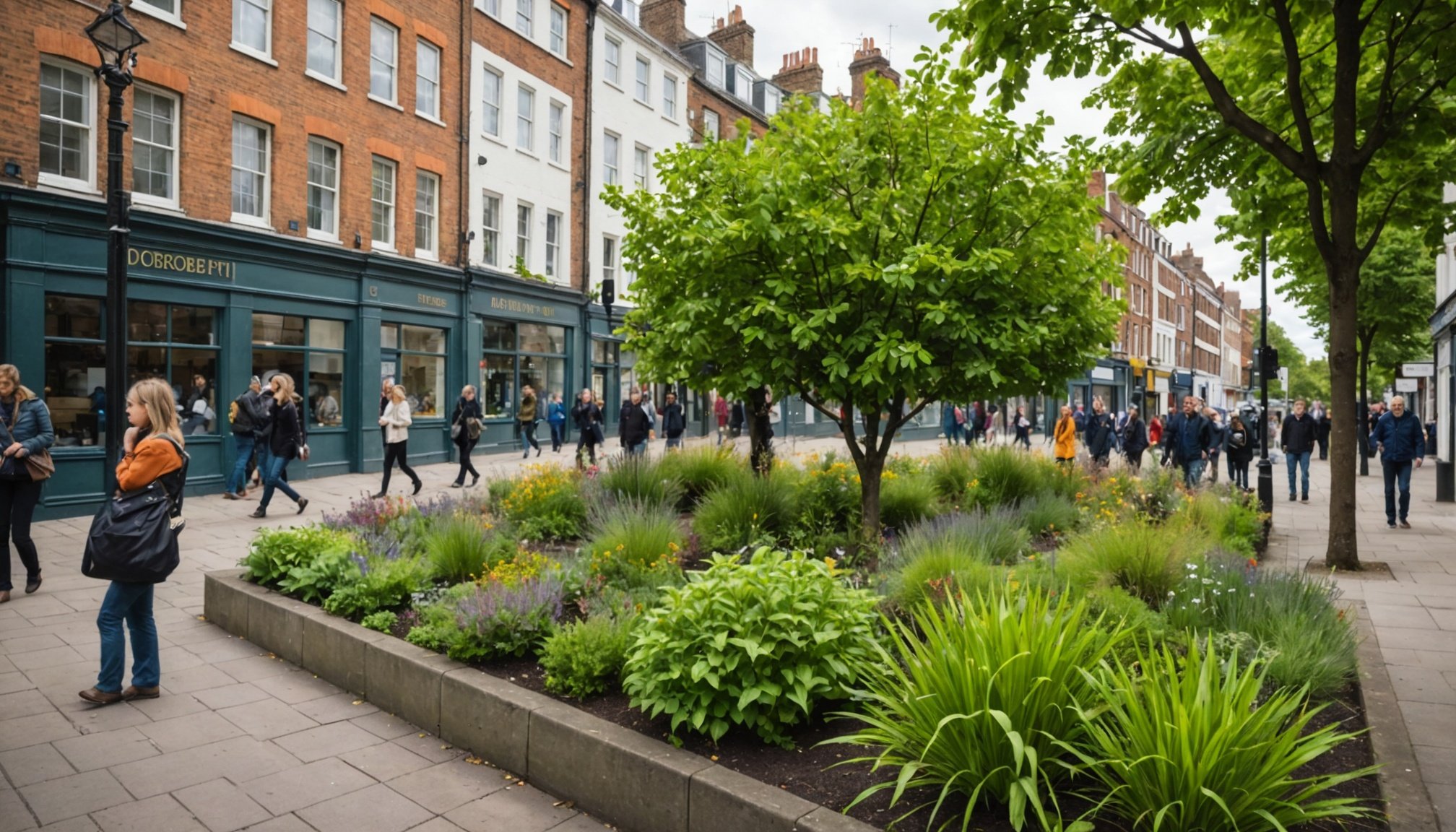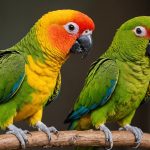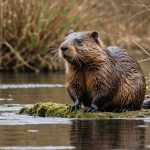Overview of Urban Greening Projects
Urban greening initiatives are essential components of modern city planning. They encompass a wide range of projects aimed at incorporating sustainable green infrastructure into urban spaces. These initiatives are not merely aesthetic adjustments but vital for enhancing ecological balance in bustling city environments.
Historically, urban greening in the UK has evolved significantly. Initially, such projects focused more on decorative purposes, often involving the simple plantation of trees along streets. Over time, there has been a notable shift towards comprehensive strategies. This includes the creation of green roofs, vertical gardens, and expansive public parks aimed at increasing biodiversity and reducing pollution.
Also to read : Confronting beaver-human interactions: creative solutions from uk conservationists
The integration of urban greening into metropolitan areas is paramount. It plays an instrumental role in mitigating urban heat, improving air quality, and offering residents greener spaces for recreation. Additionally, it fosters community well-being and enhances the visual appeal of cities.
Urban planners are tasked with the challenge of ensuring these green infrastructure solutions are seamlessly blended into cityscapes, creating sustainable environments for future generations. Such projects not only address environmental concerns but also contribute to the cultural and social fabric of urban life, making cities more attractive and livable.
In parallel : Transforming uk urban gardens: creative approaches to enhance pollinator habitats and combat declines
Impact of Urban Greening on Bird Diversity
Urban greening plays a significant role in enhancing bird diversity and promoting healthy ecosystems within city environments. By introducing green spaces, urban ecology is significantly altered, creating havens for various bird species. Species richness, or the number of different species present in an area, often increases when urban landscapes are transformed with vegetation.
Mechanisms through which urban greening influences bird populations are numerous. Green spaces provide essential resources such as food, shelter, and breeding grounds. The presence of trees, shrubs, and water bodies acts as magnets for birds, offering nesting sites and opportunities to forage.
When we compare bird diversity in green vs. non-green urban areas, the differences are notable. Green areas often host a richer variety of species, including both common urban birds and less frequently seen species that depend on specific plant types or habitats. Non-green areas, by contrast, tend to support fewer species due to a lack of necessary resources and increased human disturbance.
Certain bird species benefit greatly from urban greening projects. For example, songbirds and small insectivorous birds that rely on trees and shrubs for food and nesting find urban green spaces particularly advantageous. Creating such environments not only supports these species but also enriches urban biodiversity as a whole.
Case Studies from UK Cities
Understanding the impact of urban greening projects, particularly in UK cities, can offer insightful lessons and strategies. Case studies from these cities highlight successful initiatives contributing positively to urban ecosystems.
London’s Urban Greening Initiatives
London leads with innovative urban greening initiatives like green roofs and vertical gardens. These projects not only enhance the aesthetic but also foster bird diversity. Noteworthy examples include increasing bird varieties in local areas due to these habitats. Future recommendations involve expanding such projects city-wide to further promote biodiversity.
Manchester’s Greening Efforts
Manchester showcases strong community engagement in its greening projects. Residents actively participate, significantly impacting local bird species. Citizen science plays a crucial role, allowing community members to record observations, effectively monitoring outcomes. This collective effort ensures continuous improvement of urban ecosystems.
Birmingham’s Green Spaces
Birmingham excels in park revitalization, demonstrating the positive effects of transforming urban spaces. These revitalized parks have successfully attracted specific bird species, thanks to collaboration with environmental organizations. Such partnerships ensure that the initiatives are scientifically backed and effectively executed, serving as a model for future projects in other cities.
Challenges and Considerations
Implementing urban greening projects comes with numerous challenges that require careful consideration. Barriers such as limited space, budget constraints, and existing infrastructure often hinder project effectiveness. These obstacles are particularly prominent in densely populated cities, where space for greenery competes with the demand for urban development.
Cultural attitudes and economic factors play significant roles in determining the success of urban greening initiatives. In some regions, a strong cultural attachment to urban expansion can slow the pace of integrating green spaces. Economic conditions also dictate the availability of resources; financially struggling areas might prioritize immediate urban needs over long-term sustainability projects.
Successfully balancing biodiversity conservation with urban development involves delivering socio-economic benefits while maintaining ecological integrity. Urban planning strategies must adjudicate between biodiversity preservation and increasing urban demands. This can involve creative solutions like utilising vertical gardens or converting rooftops into green spaces to enhance urban biodiversity without sacrificing much-needed land.
To overcome these challenges, urban planners should start by fostering public engagement, emphasizing how these projects contribute not only to conservation but also to the community’s well-being. Moreover, establishing partnerships between government bodies, non-profits, and citizens can lead to more resilient and adaptable urban greening initiatives, safeguarding both ecological and urban development needs.
Guidelines for Successful Implementation
Embarking on urban greening projects necessitates adherence to best practices that ensure both efficiency and sustainability. Foremost among these is adopting key principles during the planning phase. Effective planning incorporates comprehensive assessments of the area’s environmental needs, site-specific challenges, and potential for ecological enhancement. Crafting a robust foundation from the outset aids in achieving long-term success.
Involving local communities and stakeholders, through collaborative strategies, is instrumental. Engaging these groups provides valuable insights into local ecological concerns and garners community support. Such partnerships often lead to projects that not only meet ecological goals but also resonate with the local populace, fostering a sense of ownership and pride.
Ongoing monitoring and adaptive management are equally crucial. Establishing a framework for continuous evaluation allows managers to track the progress of projects and make necessary adjustments. These adjustments could involve modifying planting techniques, introducing additional biodiversity-supporting elements, or addressing unforeseen environmental impacts.
Ultimately, the integration of these practices underscores a commitment to ecological and community sustainability. By adhering to these guidelines, urban greening projects can flourish in a dynamic and impactful manner, contributing significantly to urban resilience and biodiversity.
Conclusion and Future Outlook
Urban greening is witnessing innovative trends that pave the way for a sustainable future. It not only encompasses traditional gardens and parks but also embraces technologies like green roofs and living walls. These innovations contribute significantly to bird conservation by providing habitats in urban settings.
Regulation plays a pivotal role in defining the success of sustainability and conservation efforts. Policies supporting ecological diversity can encourage practices that integrate green infrastructure in urban landscapes. By doing so, they not only conserve bird species but also improve urban resilience against climate change.
A vision for future urban planning involves creating cities that nurture biodiversity. Planners are focusing on designing environments where nature and urban life coexist harmoniously. Techniques such as incorporating native plant species and constructing wildlife corridors are incremental steps towards this vision.
As cities expand, adopting these sustainable measures becomes ever more critical—not just for bird conservation, but for overall urban health and livability. Future urban landscapes will likely be marked by innovations that marry technology with nature, ensuring a balanced ecosystem. These strides in urban planning highlight the undeniable nexus between sustainability and wildlife conservation, promising a greener, more vibrant urban future.











